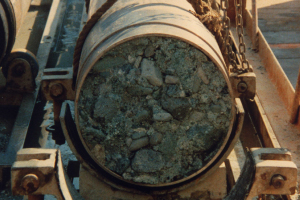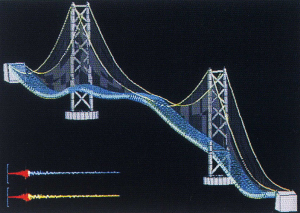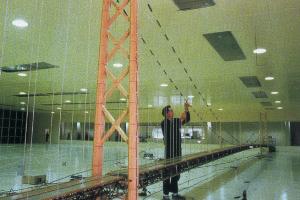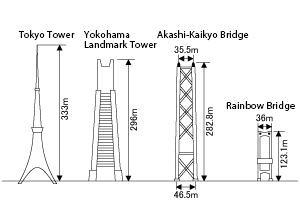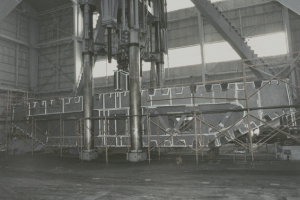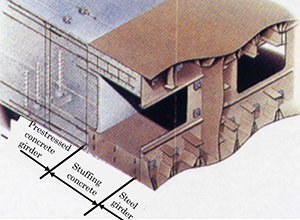Tide current survey
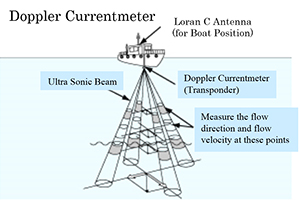
Development of a three-dimensional distribution observation system for strong currents
In order to measure strong current, we have put to practical use an observation system based on field experiments and so on. The system was combination of a current velocity gauge which was able to collect three-dimensional, wide-area current velocity information using sound waves, and a ship position measurement system using satellites.
The information obtained by this observation has been useful for the planning of safe and reliable construction equipment and methods.
Geological survey
Building a technology for collecting undisturbed samples with a large size in deep waters and strong tides
An accurate understanding of the seabed is indispensable for safe and reasonable desig for underwater foundations.
Therefore, we were successful in collecting undisturbed samples of the seabed of the Akashi Strait, through the combination of the development of offshore platforms and casing fixing technique that allow offshore boring in deep water and in strong tides, and newly-developed large-diameter core sampling technology.
As a result, we were able to design the tower foundations with shallow supporting ground, because the ground which had been previously thought to be weak, are confirmed to be unexpectedly strong.
